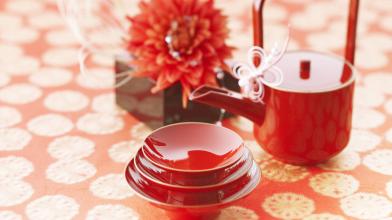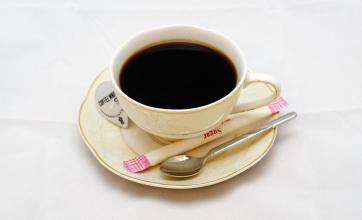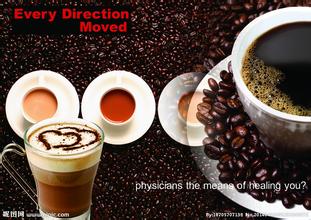Introduction to the different Flavor treatment of Coffee Bean washing and Solar Honey
Introduction to the different Flavor treatment of Coffee Bean washing and Solar Honey
The process of this method is the simplest. The fruit begins the process of sun drying without treatment after picking. This is the oldest method of treatment in existence. This method is still used in places such as Ethiopia and Brazil. Natural solarization is most common in areas where water resources are scarce. The drying process usually lasts about 4 weeks. The method of handling must be very strict to ensure that the coffee does not lose any flavor. The natural sun method requires the local climate to be extremely dry. In some areas, people use dryers to assist in the drying process of coffee fruit (the hot air of the dryer can speed up the drying process and help people control the degree of drying).
Natural sunlight can retain the fruity aroma of coffee fruit. When you taste this kind of coffee, you will find that the coffee has a fruity aroma and a brighter taste. After drying, people will use special machines to remove the shell of the surface layer. This process is called drying and shelling (Dry Milling).
We know that the treatment of raw coffee beans can be roughly divided into three types. The distinction between each method is based on the fact that several layers of matter are removed from the fruit before the coffee is dried. The following is a list of the three major processing methods:
11. Natural sun treatment: retain all substances 22. Honey treatment: remove the peel and pulp and retain some or all of the mucous membrane (honey)
(3) washing method: the peel, pulp and mucous membrane were removed by washing and fermentation. This method is also known as the complete washing method (Fully Washed). Shampoo is the most common way for most coffee-producing countries in the world to handle Arabica coffee beans. Some areas also use advanced high-pressure washing machines to clean the peel, pulp and mucous membrane of coffee beans, so fermentation is no longer needed. This method of using a high-pressure washing machine to treat coffee beans is called "natural washing (Pulped Natural)".
From the point of view of the removal of substances and water consumption during coffee treatment, honey treatment is between tanning method and water washing method, as shown in the figure:

Important Notice :
前街咖啡 FrontStreet Coffee has moved to new addredd:
FrontStreet Coffee Address: 315,Donghua East Road,GuangZhou
Tel:020 38364473
- Prev

Sulawesi Coffee Bean treatment methods introduction to the characteristics of Red Wine washing and Solar method
Sulawesi coffee bean treatment method red wine washing and tanning variety characteristics of this kind of coffee is individually called the most fragrant stool since shit, although the name is not very elegant, but it is a fact. It is the poop of an arboreal wild animal called civet on the Indonesian island of Sumatra. Local farmers usually regard the discovery of civet poop as a gift from heaven, because it is not
- Next

Sumatra Tiger Premium Mandolin Coffee Bean How to Brew-Flavor Description Taste Variety Introduction
Sumatra Tiger Premium Coffee Beans How to Brew-Flavor Description Variety Introduction Mantling's jumping acidity blends with the most intense aromas, giving you a relaxed body to a lively factor in mild aromas. Its outstanding and extraordinary taste has captivated many admirers. In the 17th century, the Dutch introduced Arabica saplings to Ceylon (present-day Sri Lanka) and Indonesia. 1
Related
- Guji coffee producing area of Guji, Ethiopia: Humbela, Shakiso, Wulaga
- What is the most expensive variety of Qiloso in BOP multi-variety group?
- How to store the coffee beans bought home?
- Why are Yemeni coffee beans so rare now?
- Ethiopian Sidamo all Red Fruit Sun Sun Santa Vini Coffee beans
- SOE is mostly sour? What does it mean? Is it a single bean? what's the difference between it and Italian blending?
- Is Italian coffee beans suitable for making hand-brewed coffee?
- How to choose coffee beans when making cold coffee? What kind of coffee beans are suitable for making cold coffee?
- Just entered the pit to make coffee, what kind of coffee beans should be chosen?
- Can only Japan buy real Blue Mountain Coffee? What are authentic Jamaican Blue Mountain coffee beans?

